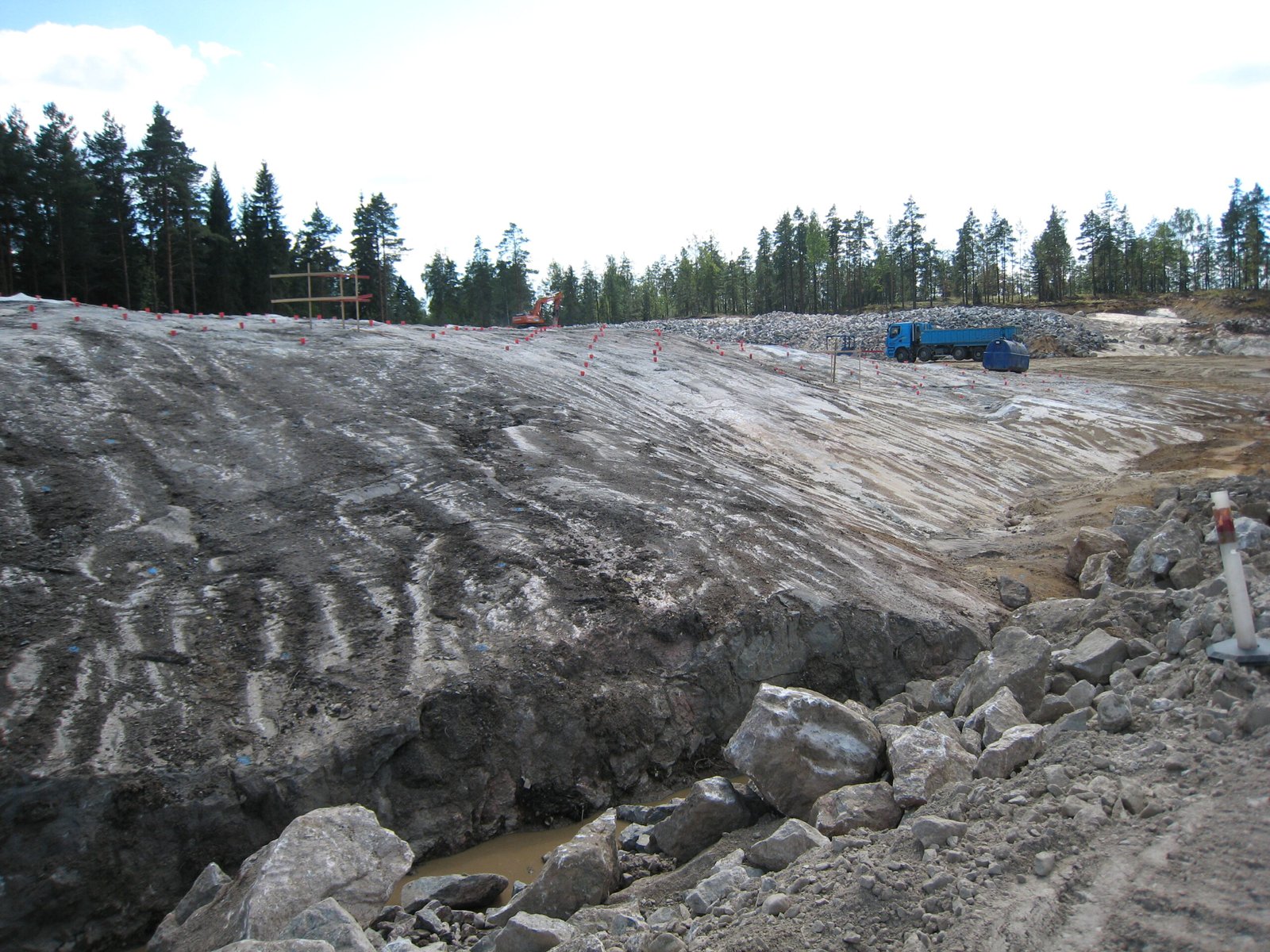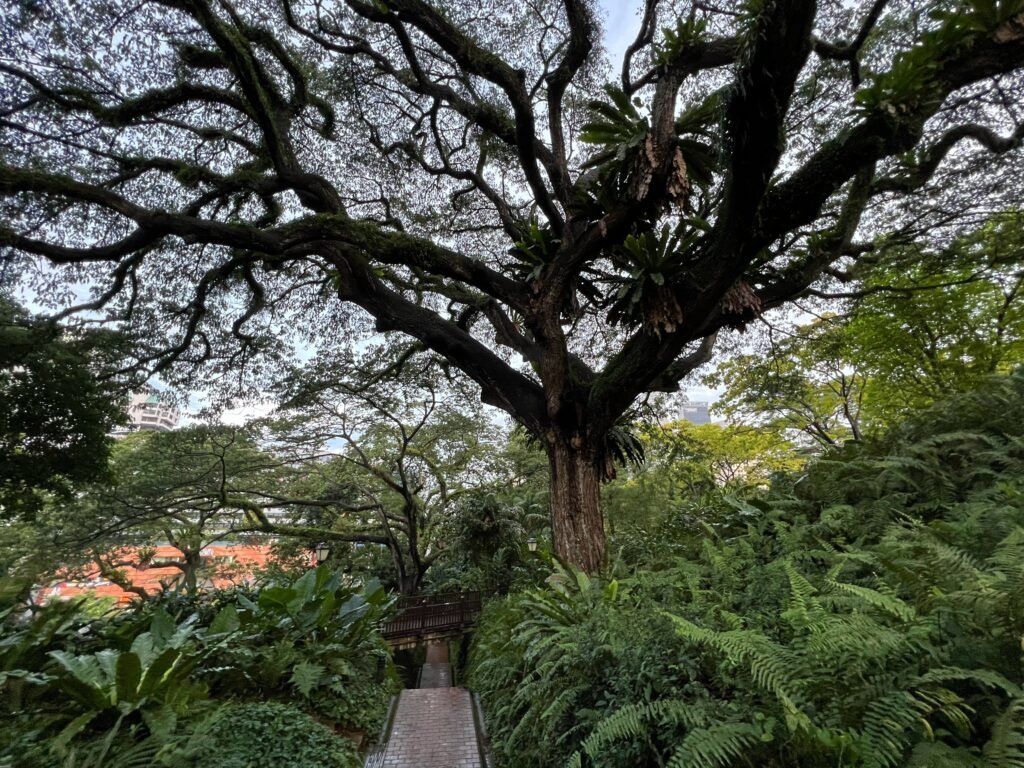Imagine walking through a forest, sunlight streaming between ancient trunks, and instead of silence or birdsong, you hear the forest itself—trees groaning, whispering, or even screaming. Imagine the sound of a chainsaw not only splitting wood but unleashing a cacophony of cries from every branch severed. Would this change how we feel about the destruction of forests? Today, forest loss often happens quietly, out of sight and out of mind. But what if the trees could make their suffering heard? This idea isn’t just a wild fantasy—it’s a thought experiment that reveals deep truths about our relationship with nature, empathy, and the urgent crisis facing forests worldwide.
The Silent Witnesses: Why Trees Go Unheard
Forests cover vast stretches of our planet, yet they are among the quietest places on Earth. Trees, unlike animals, don’t vocalize pain or distress. Their struggle is hidden in the rustling of leaves and the slow, silent fall of ancient giants. This quietness contributes to our emotional distance from environmental harm. Because trees don’t scream or cry, many people overlook the pain caused by deforestation. Our brains are hardwired to respond to sound and visible suffering, which is why a crying puppy evokes instant sympathy, but a felled tree often passes without a second thought.
Sound and Sympathy: How Noise Shapes Human Empathy
Humans are deeply affected by sound. The wail of a siren, the laughter of a child, or the sob of a loved one can all trigger strong reactions. Scientific studies show that vocal distress signals activate emotional centers in our brains, prompting us to feel concern and take action. If trees made noise when hurt or destroyed, this could shatter our detachment. The anguish in their voices—real or imagined—would make the consequences of logging and land clearing impossible to ignore. Imagine logging trucks rolling through a neighborhood, not in silence, but accompanied by the echoing cries of the forests they’ve destroyed.
The Soundscape of Survival: Plants and Communication

While trees may not make noise in the way animals do, research reveals that plants are far from silent. Some studies suggest that plants under stress emit tiny ultrasonic clicks—sounds too high-pitched for humans to hear. These signals, detected by sensitive microphones, may serve as warnings to neighboring plants or attract helpful insects. If we could hear these distress calls, the forest would become a rich, pulsating soundscape, filled with the voices of plants communicating, warning, and reacting to threats. The forest’s silence is an illusion—one that hides a world of invisible, inaudible signals.
The Emotional Toll of Audible Suffering
Hearing the pain of trees would deeply affect our emotions. When we witness suffering up close—especially when it’s loud and unavoidable—it sticks with us. The idea of trees howling or crying during deforestation is haunting. It would force us to confront the reality of environmental destruction in a deeply personal way. This emotional response could shift public opinion, galvanize activism, and even change policy. The sound of suffering has the power to unite people, just as silent suffering allows us to look away.
Would Deforestation Still Be Ignored?

If forests screamed when felled, could we continue to ignore their destruction? It’s hard to imagine communities tolerating the constant noise of trees in pain. The loss of forests would become an intrusive, daily reality—one that disrupts sleep, work, and peace of mind. Many people might push for stricter protection and alternative, quieter ways to harvest wood. The landscape of environmental activism would change overnight, driven by a new sense of urgency and empathy born from the forest’s newfound voice.
Nature’s Real Responses: From Forest Dieback to Wildlife Displacement

Even in silence, forests show clear signs of suffering. When trees are destroyed, entire ecosystems collapse. Animals lose their homes, rivers silt up, and the air grows hotter and dirtier. In some places, the loss of forests triggers landslides, droughts, and climate extremes that devastate communities. These are not silent changes—they come with the roar of floods, the crack of landslides, and the lament of displaced wildlife. Yet, because the trees themselves remain quiet, we often fail to connect the dots between their destruction and the chaos that follows.
Shifting Perceptions: Sound as a Catalyst for Change
Throughout history, sound has been a powerful catalyst for social change. Protest songs, rallying cries, and even the noise of breaking glass have driven movements forward. If tree destruction came with a soundtrack of pain, it could rally people to protect forests with a passion and urgency that silent suffering never inspired. Environmental documentaries might not just show images of clear-cut hillsides but play the forest’s agony for all to hear, making the devastation impossible to tune out.
Forest Therapy: The Healing Power of Natural Quiet
Ironically, one of the greatest gifts forests give us is their silence. People seek out woodlands for peace, reflection, and healing. Researchers have found that “forest bathing”—simply walking among trees—reduces stress, lowers blood pressure, and boosts mood. The quiet majesty of forests is a balm for weary modern minds. If forests were noisy with pain, this sanctuary would be lost. The very thing that draws us to the woods—their calming silence—would be shattered, leaving us with nowhere to escape the noise of the world.
Innovative Conservation: Making the Unheard Heard

Some conservationists are already working to make tree loss more visible and audible. Artists and scientists use sound installations, virtual reality, and even simulated tree cries to help people experience the true impact of deforestation. By turning the invisible tragedy of forest loss into an emotional, sensory experience, these projects hope to close the empathy gap. When people hear the story of the forest—not just see the facts—they are more likely to act. As one artist famously said, “Art is not what you see, but what you make others see—and sometimes, hear.”
The Power of Imagination: Could We Learn to Listen?
Even though trees don’t scream, our imagination can fill in the silence. By picturing forests as living communities with their own voices and stories, we can foster a deeper sense of connection and responsibility. Perhaps the question is not whether trees could make noise, but whether we are willing to listen—to the rustle of leaves, the crack of a branch, the subtle signs of distress. Empathy begins with attention, and attention requires us to break through the comfortable silence that separates us from the natural world.
What If We Could Hear the Forests Cry?
The thought of forests making noise forces us to confront our own role in their fate. Would we still turn away if every tree felled came with a scream? Or would the sound haunt us into action, changing forever the way we see, hear, and value the living world around us? The next time you walk through a silent forest, consider what it might be trying to say—and whether you’re ready to listen.



